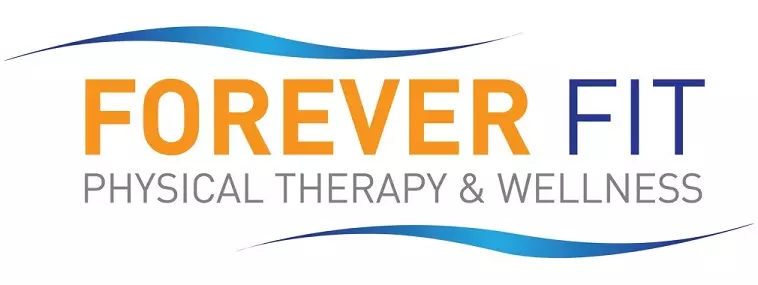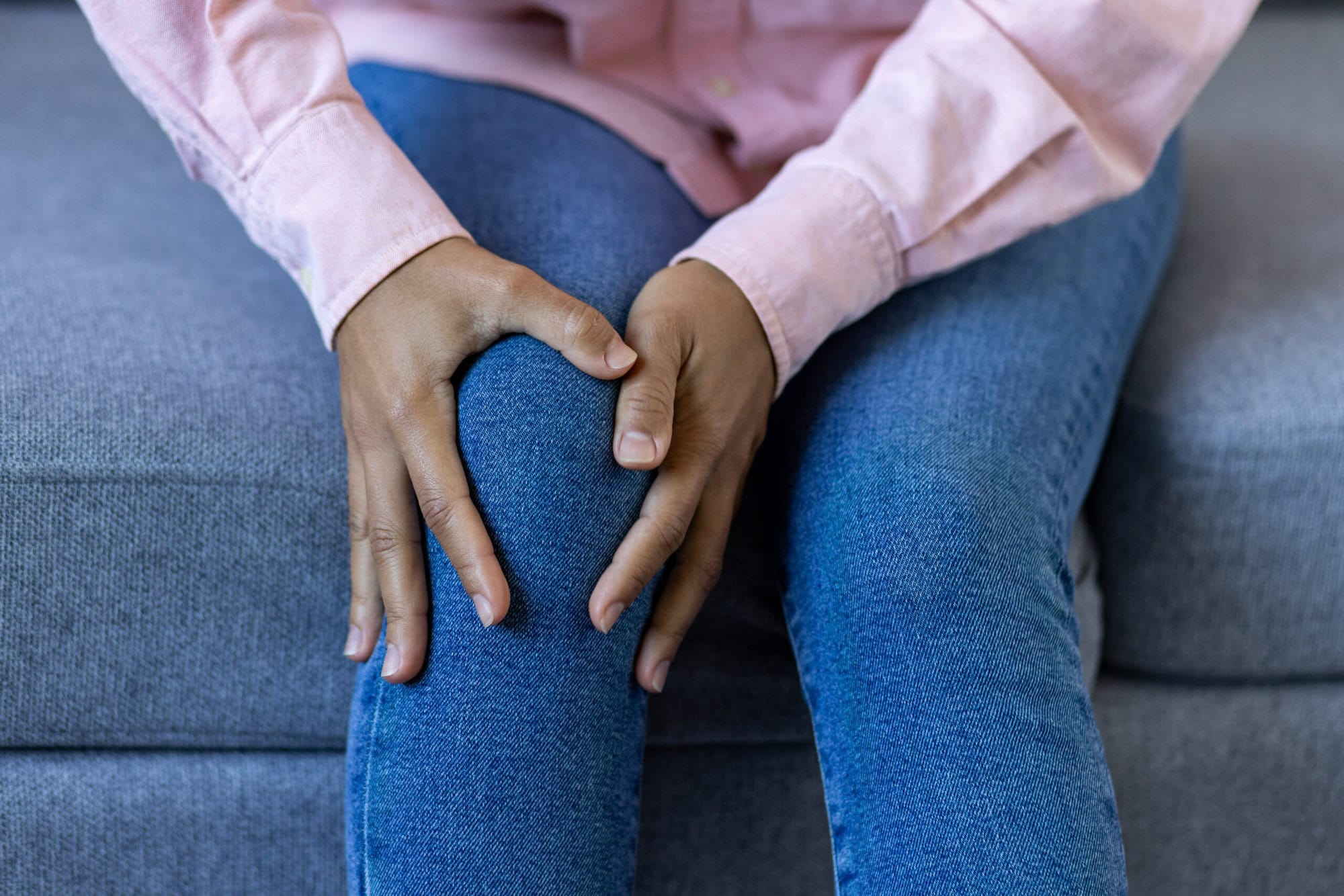Strengthening and conditioning the legs is usually an important component of a comprehensive plan to prevent or reduce knee pain. Along with physical therapy and ergonomic supports, your physical therapist may create a personalized exercise program. As in other health and wellness practices, consistency is key. Finding gentle exercises that don’t involve any expensive equipment helps ensure that you can prioritize movement as a part of your daily routine.
If you’re already experiencing knee pain, it’s important to get an assessment from a physical therapist before starting an exercise regimen.
In this article, we’ll provide step-by-step instructions for six safe and effective knee exercises you can do without equipment.
6 safe and effective knee exercises you can do without equipment
The leg muscles are large, and the knee joints bear the majority of our body weight. Any instability and imbalances in the legs and core can put a lot of strain on the knee joints. Maintaining proper form is critical when doing knee exercises. Focus on centering your weight and keeping your body lifted and balanced rather than collapsing. You should also warm up with at least five to 10 minutes of low-impact activity before doing these exercises. Walking and cycling are both good options.
The following knee exercises are safe and effective and don’t require equipment:
-
Straight leg raises
This exercise helps strengthen and stabilize the quadriceps. Lie on your back with your foot planted, pointing your knee toward the ceiling, and the other extended. You can use your palms to steady yourself. Tighten the thigh muscles in your straight leg and lift it slowly until it is about a foot off the floor. Hold it for three to five seconds. Then, lower your leg to the floor slowly and with control. Repeat a few times and then switch sides. Try to keep your hips and core level.
-
Wall sits
Wall sits help strengthen your quads, your hamstrings and your entire core. They come with plenty of other benefits, including better posture and potentially lower blood pressure. Even though you’re holding completely still, you’re still doing a lot of work!
Find a smooth, sturdy wall and stand with your back to it. Slide down and walk your feet out slightly until your thighs are parallel to the ground. It should look like you’re sitting in a chair. Engage your core and hold the position. You might start with 30 seconds and then add 10 seconds at a time as you feel stronger.
-
Step-ups using stairs
This exercise helps create all-around stability for the knee joints. Stand facing a stair or a stool that’s about 6 inches off the ground. Step up with one foot and let the other foot dangle, keeping your hips level. Drop the hanging foot back down, and then step the other foot to the ground. Repeat, leading with the other foot. Do a set of about five to 10 reps on each side. If you need help balancing, try to find a set of stairs with a railing you can hold on to.
-
Calf raises
The calves and shin muscles play important roles in supporting the knees. Stand with your feet shoulder width apart and simply rise up onto your toes. Then lower your heels back down. You may need to place your hand on a wall or a railing for this exercise as well. After you’ve mastered this version, you can try it standing on one leg and then the other.
-
Hamstring curls (standing)
For this exercise, you may need to hold on to a chair or a wall. Stand with your feet at shoulder width, holding the back of the chair. Slowly lift one heel until your shin is parallel with the ground. Hold it for a few seconds and then drop it back down. Do five to 10 reps and then repeat on the other side. Don’t lock the supporting knee, but keep it slightly bent.
-
Mini squats
Full squats aren’t comfortable or safe for everyone. Mini squats are a bit easier on your knees, and they come with similar benefits. The exercise is similar to the chair pose in yoga. Stand with your feet at shoulder width. Keep your back straight and hold your arms out straight in front of you as you bend both knees. Lower down until your hips and torso form a 45- to 60-degree angle. Hold it for a moment and then rise back up. Repeat for up to 10 or 15 reps.
Get a personalized exercise program for your knees at Forever Fit
Keep in mind that you don’t need to do full sets of each exercise at full intensity right away. It’s best to start slow and add more reps or deeper movements as you start to feel stronger. On your first day or two, simply trying out each of the movements is good enough. If any of the exercises causes you pain, stop immediately and rest before trying something else.
If your pain is severe or a result of a traumatic injury, especially if you heard a popping sound on impact, you should seek emergency care. You should also seek emergency care if your knee looks deformed or if it can’t bear weight. Calf pain, swelling, redness, warmth, fever or pus may be a sign of a blood clot or infection that requires emergency care.
Our joints need a certain amount of healthy movement to stay in good shape. At Forever Fit, we specialize in treating musculoskeletal conditions that affect the joints. We always begin with a thorough evaluation to assess your symptoms and how they’re affecting you. Then, we recommend treatments and work with you to create a personalized plan.
Ready to find natural and proactive solutions for your knee pain? Contact our team today for more information or to schedule an initial appointment. We have plenty of locations in Maryland, including Severna Park, Frederick, Crofton, Bowie and Gaithersburg. See if there’s a Forever Fit near you.

